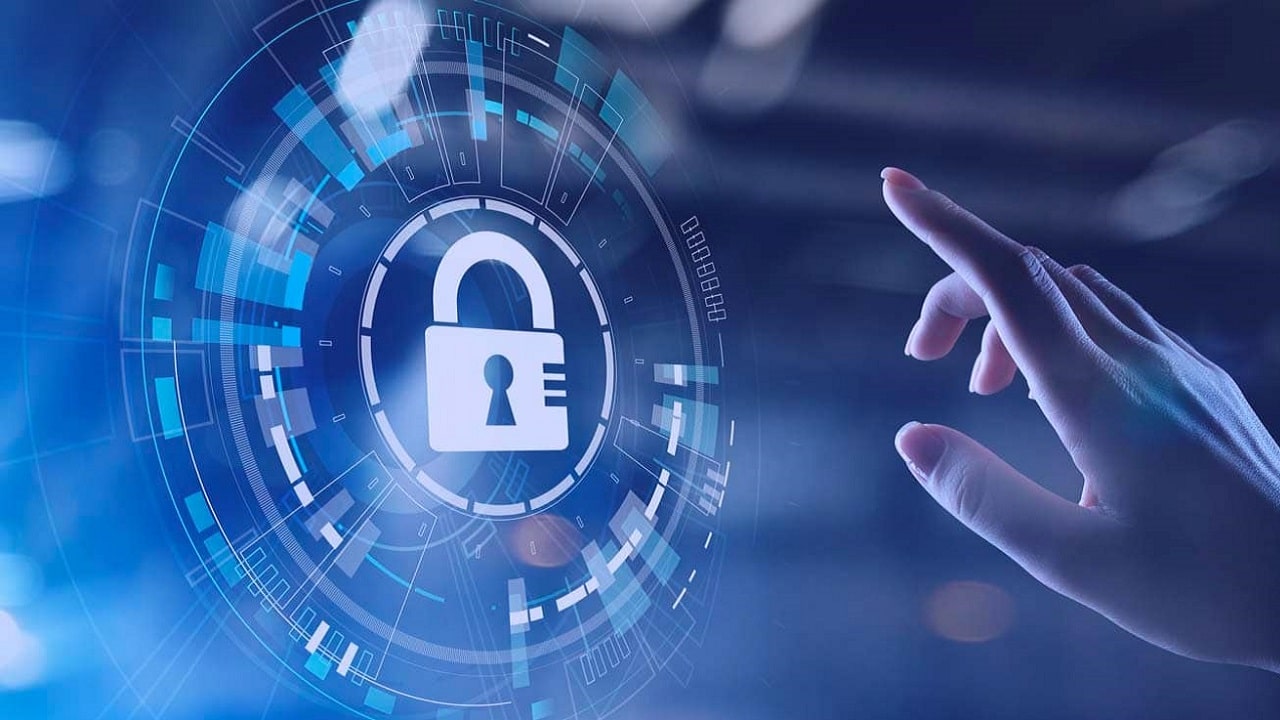Response time to hacker attacks, on average, beats the two working days. According to data from Deep Instinct, the company that created a deep learning framework for cybersecurity, this means that the87% of experts think they are unprepared to prevent ransomware and malware attacks.
Response time to hacker attacks exceeds two days
According to the semi-annual data of Voice of SecOps, conducted by Deep Instinct, the average global response to a cyber attack is 20,9 ore. More than two working days, including overtime. Italy is positioned in the middle of the table, almost perfectly on average with 21 hours. The best are the Dutch technicians with 17.2 hours, while Sweden comes last with 25.5 hours.
This means that the answer often comes late, when there is a risk that the hackers have already done damage. In addition, professionals think that responding to their colleagues’ cyber threats is inadequate. L’86% does not trust that those who work with them do not click on malicious links and metaphorically open the door for hackers.

In addition to the long lead times and the training of colleagues, the fear of facing malware never seen before is high (44%). But also high lack of qualified SecOps personnel, especially in the healthcare sector (52%) and the public sector (55%). Endpoints are also poorly protected. 99% think that not all entrances to the company network are protected. Another risk factor for 80% of respondents is files stored in the cloud, with 68% fearing that colleagues might upload malicious files without knowing it.
Guy Caspi, CEO of Deep Instinct, explains: “Ransomware and malware attacks are not going away anytime soon. That’s why organizations need to better position themselves to combat potential threats with a prevention-before-execution approach. The survey results shed light on the multiple challenges security teams face on a daily basis and provide insights into the serious demands facing the industry. This research highlights gaps in organizations’ security posture, including lack of comprehensive endpoint coverage, exposure to cloud storage, and uploading malicious files from internal sources to production systems. “
You can learn more about the data analyzed at this address. Instead you can find the Deep Instinct tools, which allow you to prevent rather than wait two days after the attacks, on the official website.















Leave a Reply
View Comments